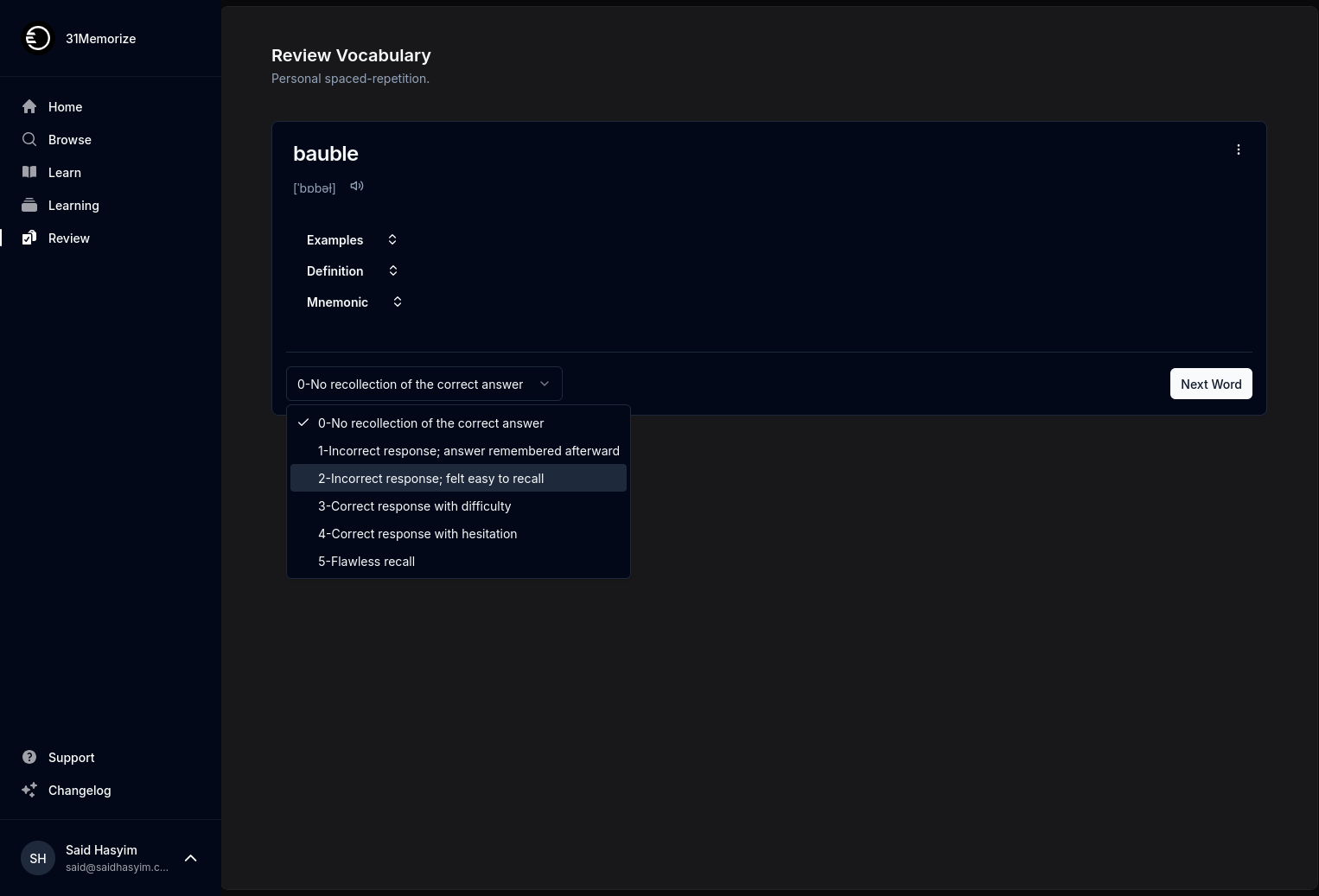Strategies for Responding to Mixed Ratings Feedback
In today's digital landscape, customer feedback plays a crucial role in shaping the reputation and success of a business. Whether it's through online reviews, social media comments, or feedback forms, how we respond to mixed ratings can significantly impact our relationships with customers and our brand image. Mixed ratings indicate a blend of positive and negative feedback, which can provide valuable insights but also pose challenges for businesses. Navigating these nuanced comments requires a strategic approach to ensure that both satisfied and dissatisfied customers feel heard and valued.
Understanding Mixed Ratings Feedback
Before we delve into strategies for responding, it's essential to understand what mixed ratings feedback entails. Typically, this type of feedback includes:
- Positive comments that highlight what the customer appreciated about your product or service.
- Negative feedback that points out areas for improvement or dissatisfaction.
- Neutral observations that may not lean heavily in either direction but still provide insights into the customer's experience.
Mixed ratings can arise from various factors, including high customer expectations, unique individual experiences, and the inherent complexities of a product or service. Properly addressing mixed feedback can help businesses identify strengths and weaknesses, ultimately leading to improvements that enhance customer satisfaction.
Strategies for Responding to Mixed Ratings Feedback
1. Acknowledge All Feedback
The first step in addressing mixed ratings is to acknowledge the customer's experience in a thoughtful and respectful manner. Thank the customer for taking the time to share their thoughts and emphasize that their feedback is valuable.
Example Response:
"Thank you for your feedback! We appreciate your kind words about [specific positive aspect] and take your concerns regarding [specific negative aspect] seriously. Your input helps us improve our offerings."
2. Personalize Your Responses
Generic responses can come off as insincere. Tailor your replies to reflect the specific points raised in the feedback. Highlighting particular details demonstrates that you have genuinely engaged with the customer’s comments and are invested in resolving their issues or appreciating their compliments.
Example Response:
"We're delighted to hear you enjoyed [specific feature]! However, we're sorry to learn that [specific issue] affected your experience. We will address your feedback with our team to improve."
3. Address Specific Concerns
For the negative aspects of mixed ratings, take the time to address each concern raised by the customer. Outline any steps your business is taking to rectify the issue or provide clarification if the feedback stems from a misunderstanding.
Example Response:
"I'm sorry to hear that the checkout process was confusing for you. We're currently reviewing our system to simplify it, and we appreciate you bringing this to our attention."
4. Highlight Positive Aspects
When responding to mixed feedback, it's important to reinforce positive aspects that the customer mentioned. This helps in not only validating their positive experiences but also in showcasing the strengths of your product or service to potential future customers.
Example Response:
"We’re glad that you loved the quality of our product! Your feedback about [specific negative feedback] has been noted, and we are working on enhancing that experience for our future customers."
5. Encourage Continued Dialogue
Invite customers to continue the conversation, whether through private messaging or follow-up channels. This demonstrates your commitment to resolving issues and shows that you value their input beyond just a one-time interaction.
Example Response:
"We’d love the opportunity to discuss your experience further. Please feel free to reach out to us at [contact information] so we can make things right."
6. Keep Emotions in Check
Responding to criticism can be challenging, and it's easy to feel defensive. However, maintaining a professional tone and focusing on solutions rather than emotions is crucial. Always strive for a resolution that prioritizes customer satisfaction.
7. Share Improvements Publicly
If you've made improvements based on customer feedback, consider sharing these changes publicly. This not only shows that you value customer input but also provides transparency and helps rebuild trust with your audience.
Example Announcement:
"Thanks to valuable feedback from our customers, we have made several updates to enhance your experience. We’re excited to introduce [specific changes] and hope this addresses your concerns!"
8. Evaluate Trends in Feedback
Mixed ratings can reveal patterns in your customer feedback. Regularly evaluate the themes present in the feedback to identify trends. This can guide your overall strategy for product or service improvement.
9. Train Your Team on Feedback Response
Ensure that your team knows how to respond to customer feedback effectively. Conduct training sessions to share best practices on handling mixed ratings and encourage empathy in their responses.
10. Monitor Feedback Competitively
Keep an eye on competitors and how they handle mixed ratings feedback as well. Understanding various approaches can inspire new ideas for your team while showing you where your business stands in comparison.
Conclusion
Responding to mixed ratings feedback is not just about addressing criticism; it's an opportunity to strengthen customer relationships, learn from experiences, and enhance your brand's offerings. By acknowledging feedback thoughtfully, personalizing responses, and committing to continual improvement, businesses can successfully navigate the complexities of mixed ratings feedback. Remember, each interaction is a chance to show customers that their opinions matter and that you are dedicated to delivering outstanding service. In doing so, you can transform mixed feedback into valuable opportunities for growth and customer loyalty.
